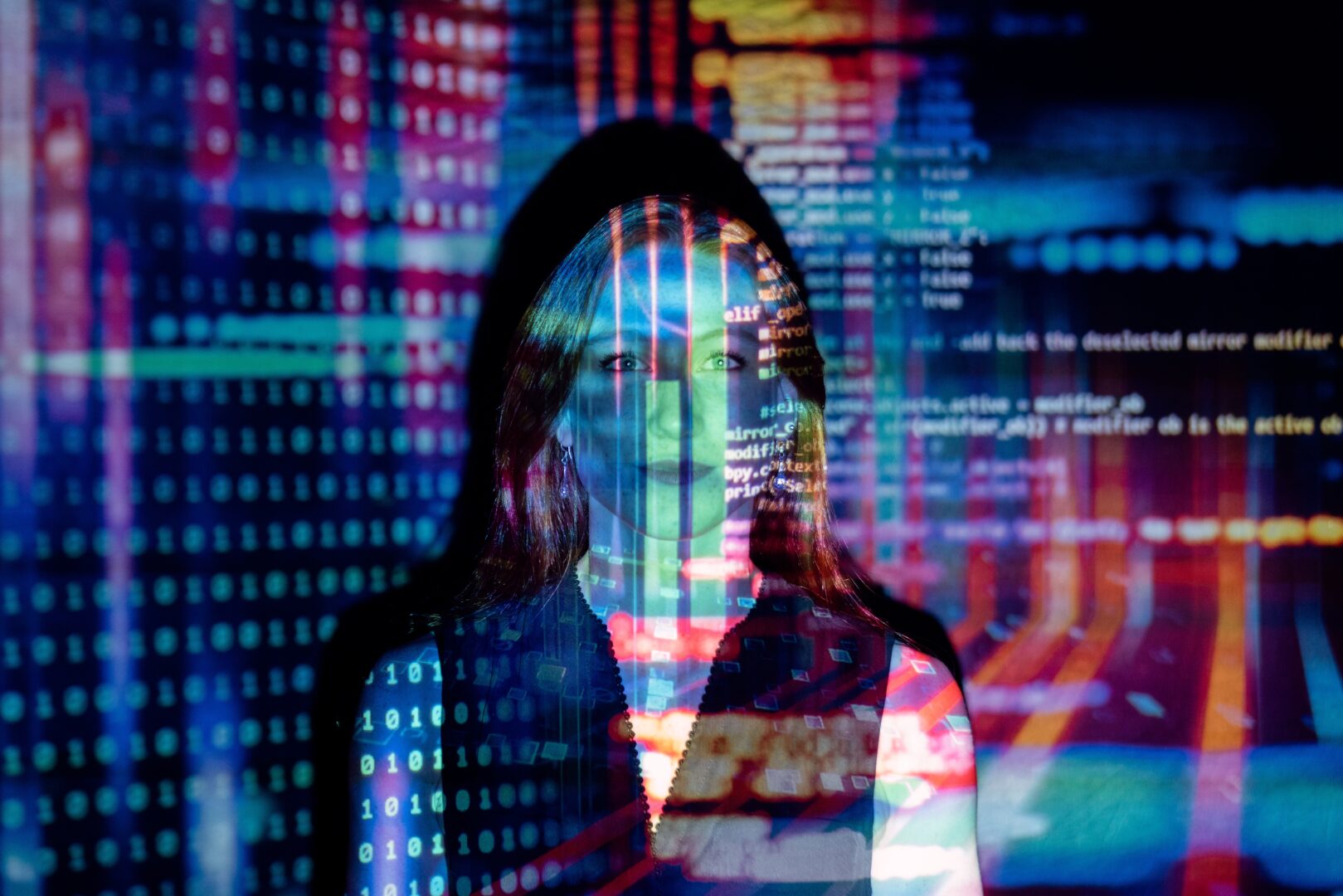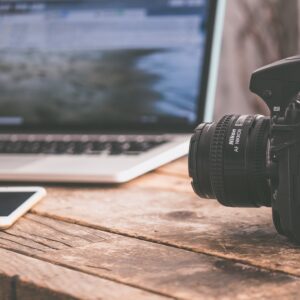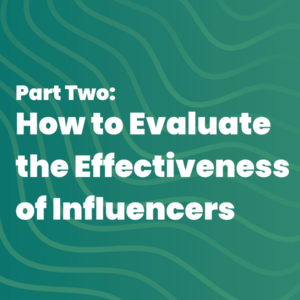The Rise of Biometric Technologies

An Increased Need for Security
Technology needs to make our lives easier and enable us as humans to live extraordinary lives we couldn’t otherwise. To some extent that’s true.
Have you bought a map or printed one in the last 5 years?
OR
Have you had to rewind a tape before driving to return it to Blockbuster?
Probably not.
Yes, something has been lost in the charm of hanging out with a vinyl record playing and getting letters in the mailbox (that aren’t bills) but you can still do those things if you want to. If you don’t want to go to the bank, use your banking app and deposit a check by using the camera on your phone. If you don’t want to go to the doctor’s office, schedule a telehealth appointment and talk to your practitioner over video chat. As we transition our habits, errands, and lives online, we need to stay aware of the additional risks that accompany those choices, perceived and otherwise.
Technology spells freedom and whimsy for some of us and getting left behind for others. The COVID pandemic showed us what a de-equalizing force technology was for families without access to laptops and wifi, and for seniors without the ability to use smartphones or streaming technology. We saw kids in parking lots of fast food restaurants just trying to do their homework on a shared laptop.
Our relationships with technology will only ever continue to evolve over time, and the same is true of privacy. “Privacy” to me in my late teens without a smartphone or high-speed internet readily available in my dorm room meant something entirely different than it does now with a house filled with techno doodads, robots, and cameras. My biggest fear about privacy in the late 90s was my roommate walking in while I was entertaining a boyfriend. Although as I became more technologically fluent at University, I learned about PGP and other types of encryption. Using PGP keys to email my friends was a novelty, but also a formal introduction to living one’s life over the internet.
Movies, when I was a kid, showed people having their eyes scanned to get into a secret lair or Terminator-style takeovers where omniscient creatures and entities from Gremlins to Goulies to robots lurked. I still have mad love for Short Circuit, Five is alive! Five is alive!
The risk calculations become fuzzier and fuzzier for me when factoring my feelings on the rise of biometric technologies. For those who are not yet aware, biometrics are biological measurements, or physical characteristics, that make people unique and can be used for identification. Fingerprint mapping, facial recognition, and retina scans are the most well known examples. I constantly wrestle with the feeling of “hey this is so cool” counterbalanced with “I do not want my finger chopped off or eyeball stolen for some diamonds. I do not have a large cache of diamonds or state secrets so it’s highly unlikely anyone will be maiming me for these items… But a girl can dream.
Life has only ever shown me that we fear what we do not understand, this is a key aspect of our human nature. Perhaps there are too many flavors of biometrics to make sweeping generalizations about them as a whole. Let’s break it down.
Apple’s Face ID
You are most likely to have used one of the two most popular biometric technology forms without even knowing it. If you are one of the approximately 113 million people in the United States with an iPhone, you likely have used Apple’s Touch ID or Face ID before (I haven’t!). Touch ID revolutionized identification using one fingerprint, and now Apple is doing the same thing again with facial recognition. Face ID can securely unlock an iPhone or iPad Pro with one glance. It can also authorize purchases on the iTunes Store, sign into banking and other apps, and much more. The selling point of the TrueDepth camera system that Face ID uses is that it accurately maps someone’s face geometry by projecting and analyzing thousands of tiny dots. This system makes it nearly impossible to access a person’s iPhone or iPad if it gets into the wrong hands unless of course, we’re going to the extreme worst-case scenario. You’re kidnapped or knocked out for the use of your face (not likely unless you’re co-starring in something with Liam Neeson).
Delta’s FaceScan Check-In
Delta is using facial recognition to make the check-in process in Atlanta easier. SkyMiles customers who also have TSA Pre-Check can check their bags, go through security, and board the plane simply by showing their faces. It has been a popular option for international flights going out of Atlanta since 2019 since the airlines can depend on the U.S. Customs and Border Protection’s federal passport database to provide image matching. It has been more challenging to employ domestic flights since one of the most common forms of ID is a driver’s license, and the various systems don’t interact similarly.
Delta may be one of the first airlines to test how facial recognition makes travel more accessible, but other companies have already been testing this out, too. Walt Disney World Resort tested using facial recognition to allow entry to its parks during COVID-19. Also, for those entering the UK at Heathrow Airport, electronic passport gates promise to speed up access. Visitors scan their passports and allow the system to match their faces to the chip in their passports.
Biometric Payment Cards
Mastercard is just one company implementing biometric payment cards for customers and merchants with its Mastercard Biometric Card. During a transaction, a sensor matches the cardholder’s fingerprint and compares it to the template stored on the card. The transaction is authenticated if the match is successful, saving the person from entering a PIN or providing a signature.
Amazon’s Whole Foods Palm Recognition
As if ordering from Amazon Prime through a couple of clicks wasn’t easy enough, as recently as this month, Amazon’s Whole Foods announced that it is looking to employ palm recognition in more of its stores. The technology is called Amazon One, a proprietary palm-recognition payment system that the company is looking to expand to 65 Whole Foods stores in California. All a customer has to do is hover their palm over a scanner, and instantly, they have paid for their groceries. This payment system will result in Amazon retaining customers’ personal information in its cloud storage and fully intact scans of their palms, causing concerns over what might happen during a potential data breach.
Nowadays, a retinal scan to enter a building or cross a border isn’t just a plot point in the latest spy movie. These technologies are integrating into our lives. How soon biometric technologies will engulf our lives, how we choose to interact with them, and how we protect ourselves from security threats are worth looking into to ensure people are prepared.
To learn more about biometric technologies and privacy concerns, check out Whole Foods’ palm payment system raises privacy concerns?


